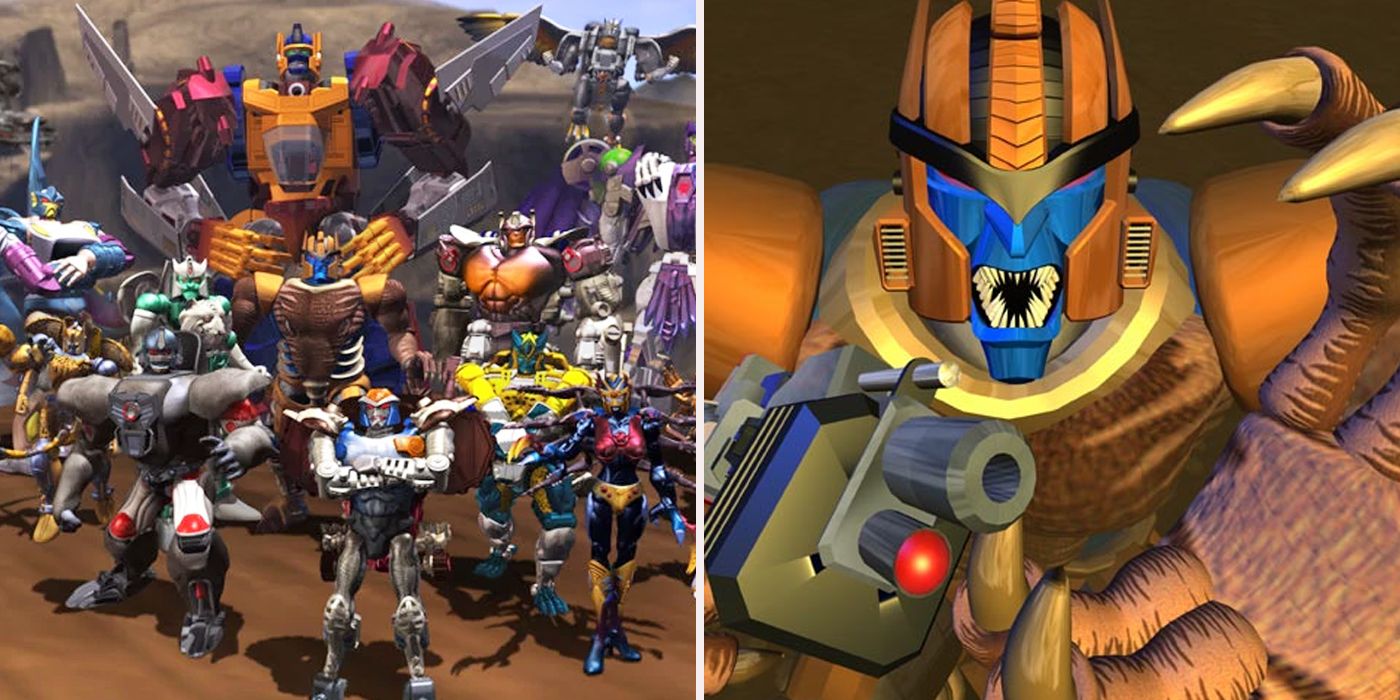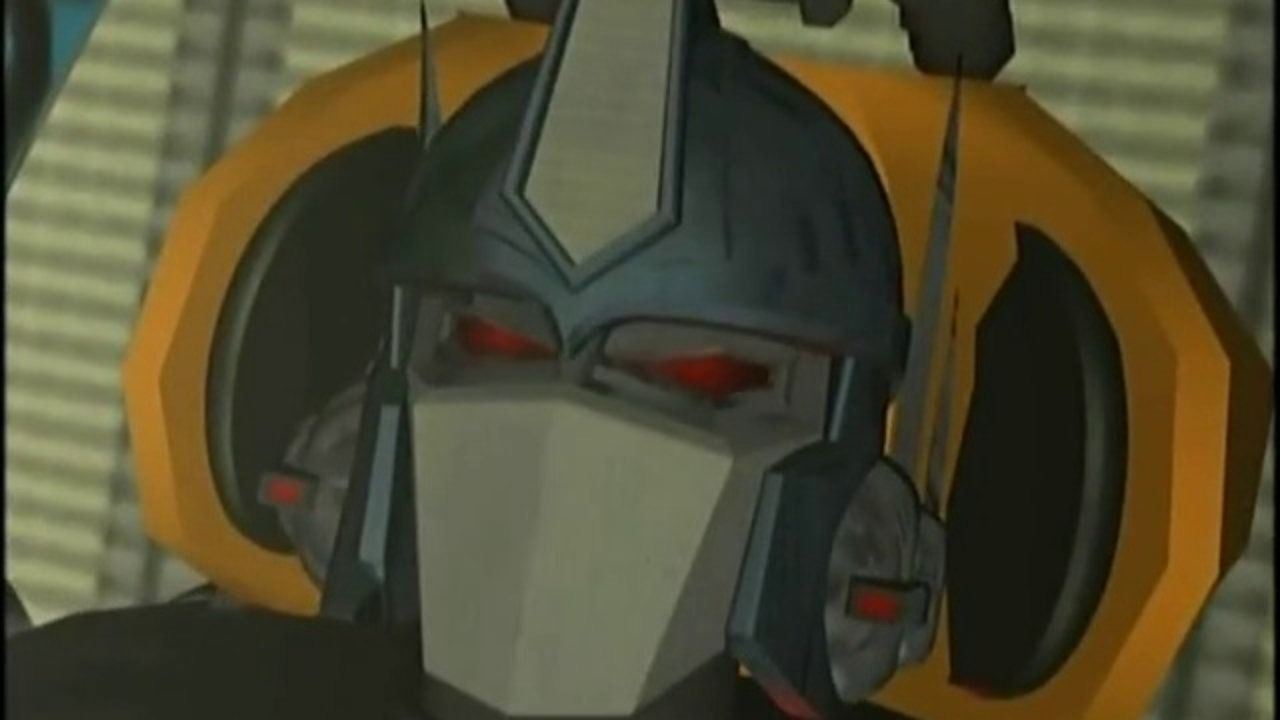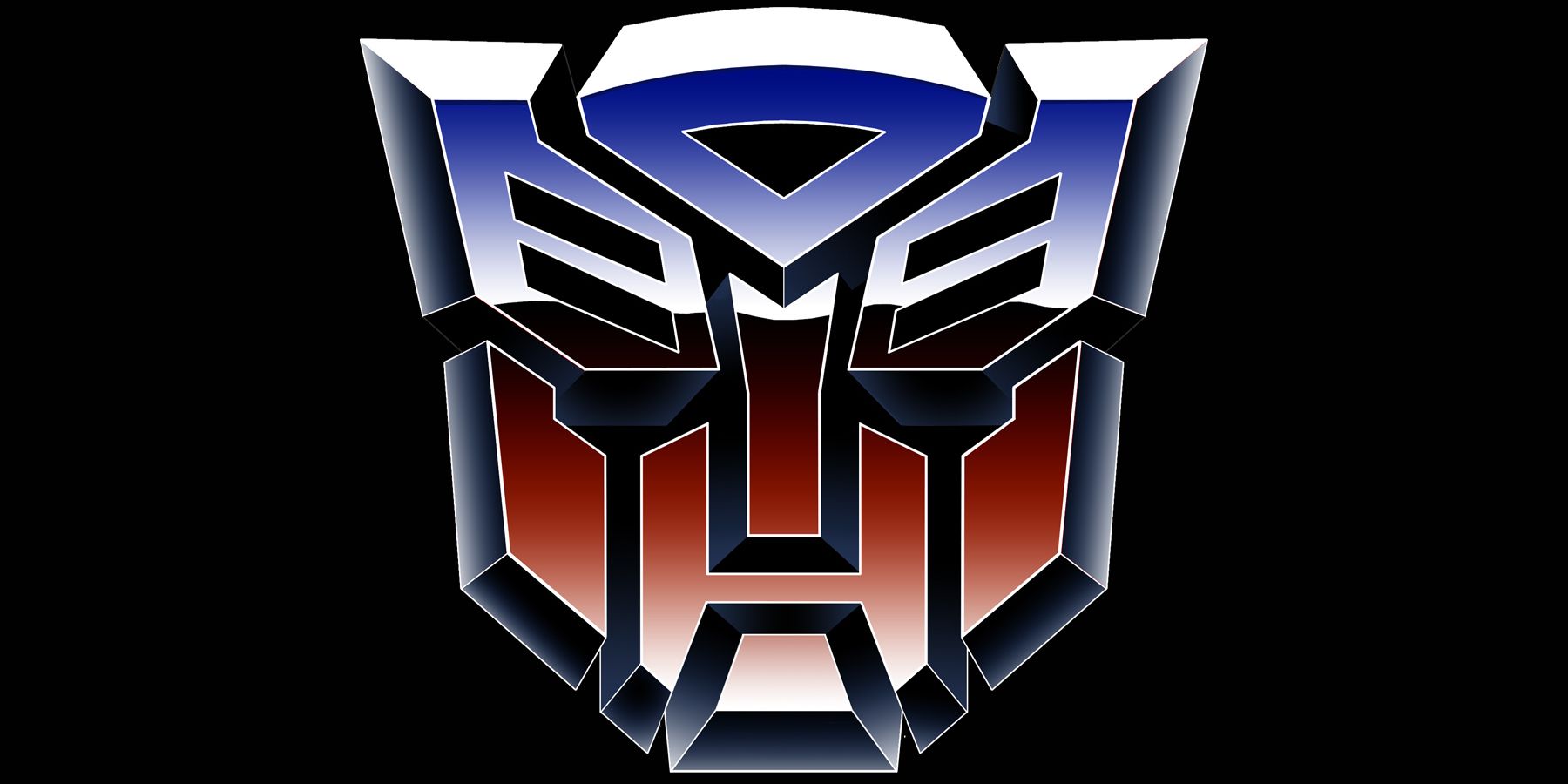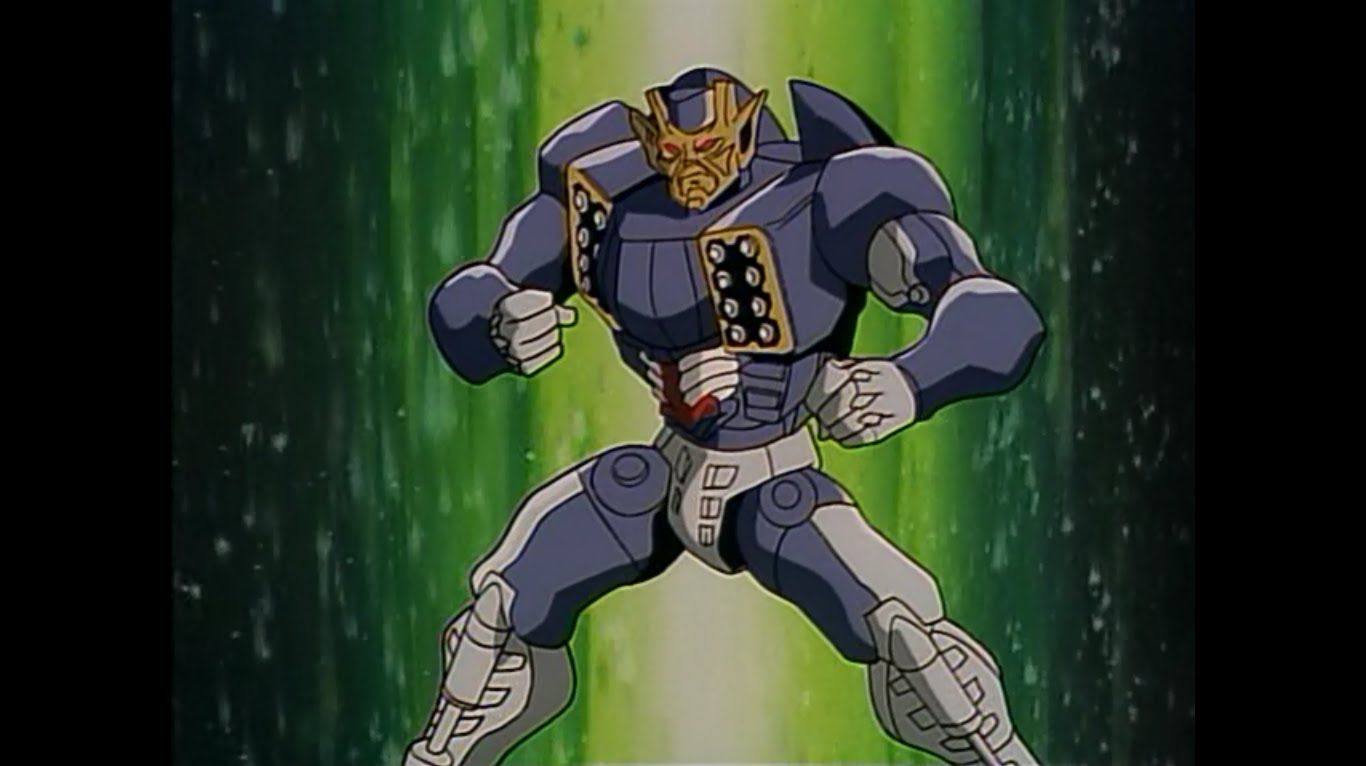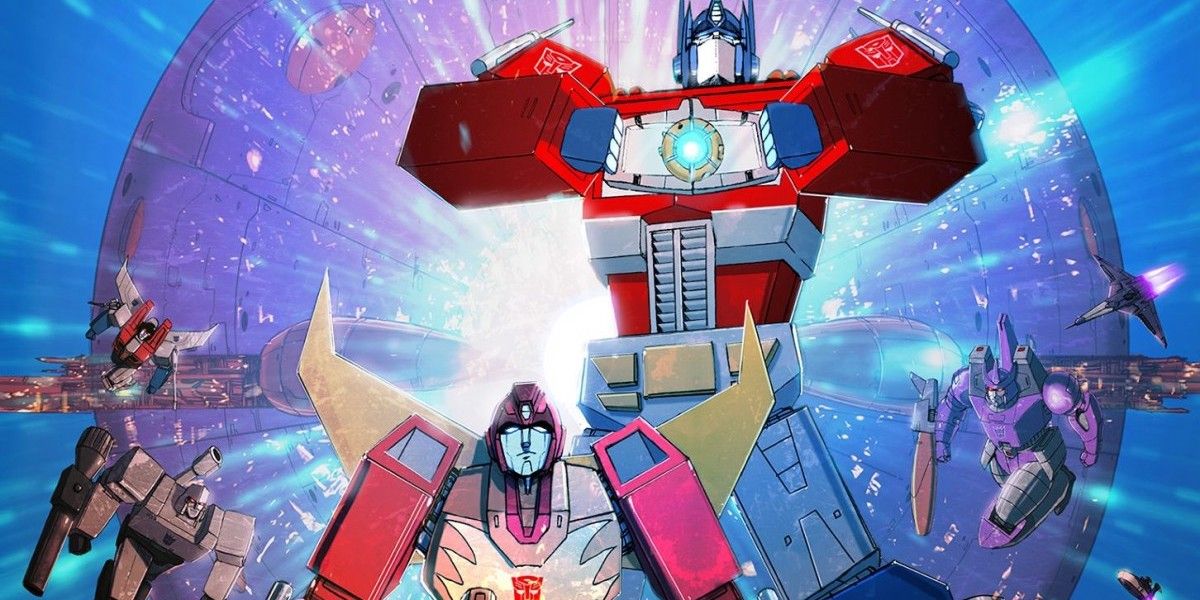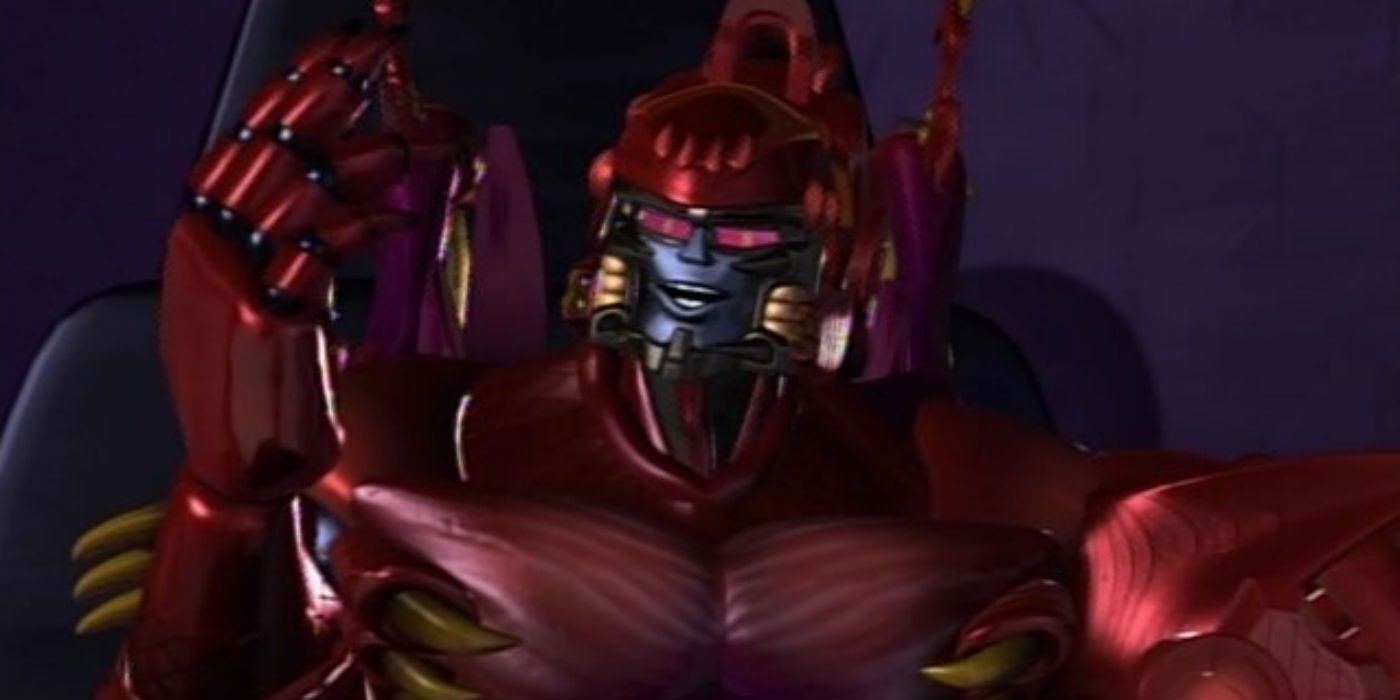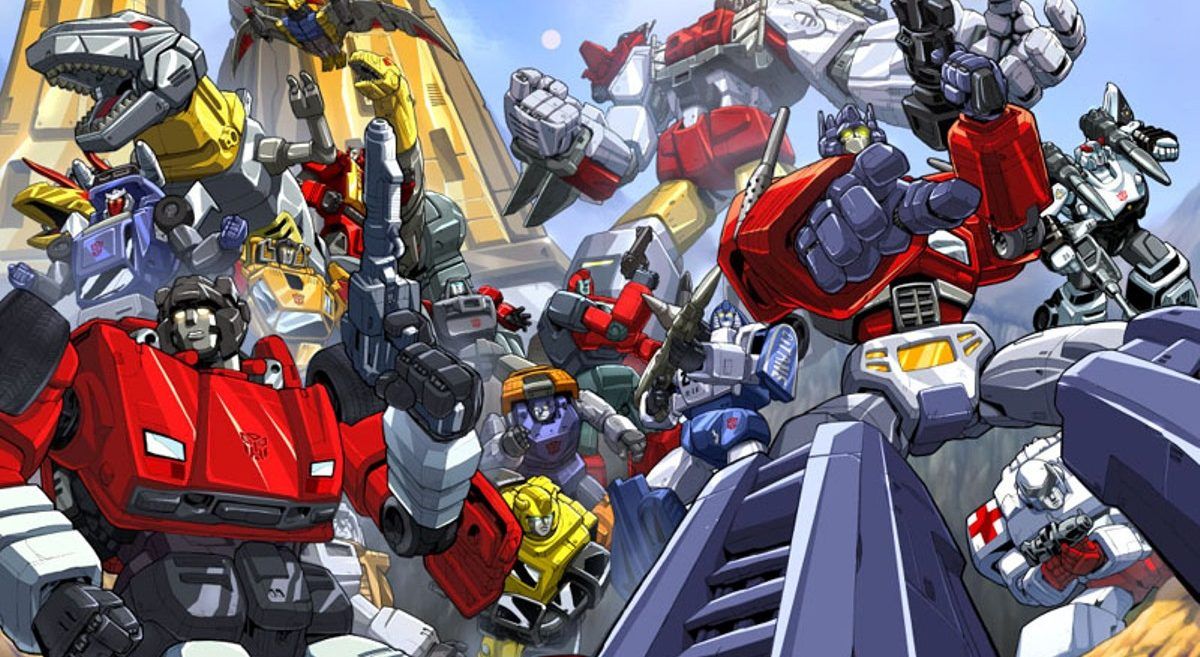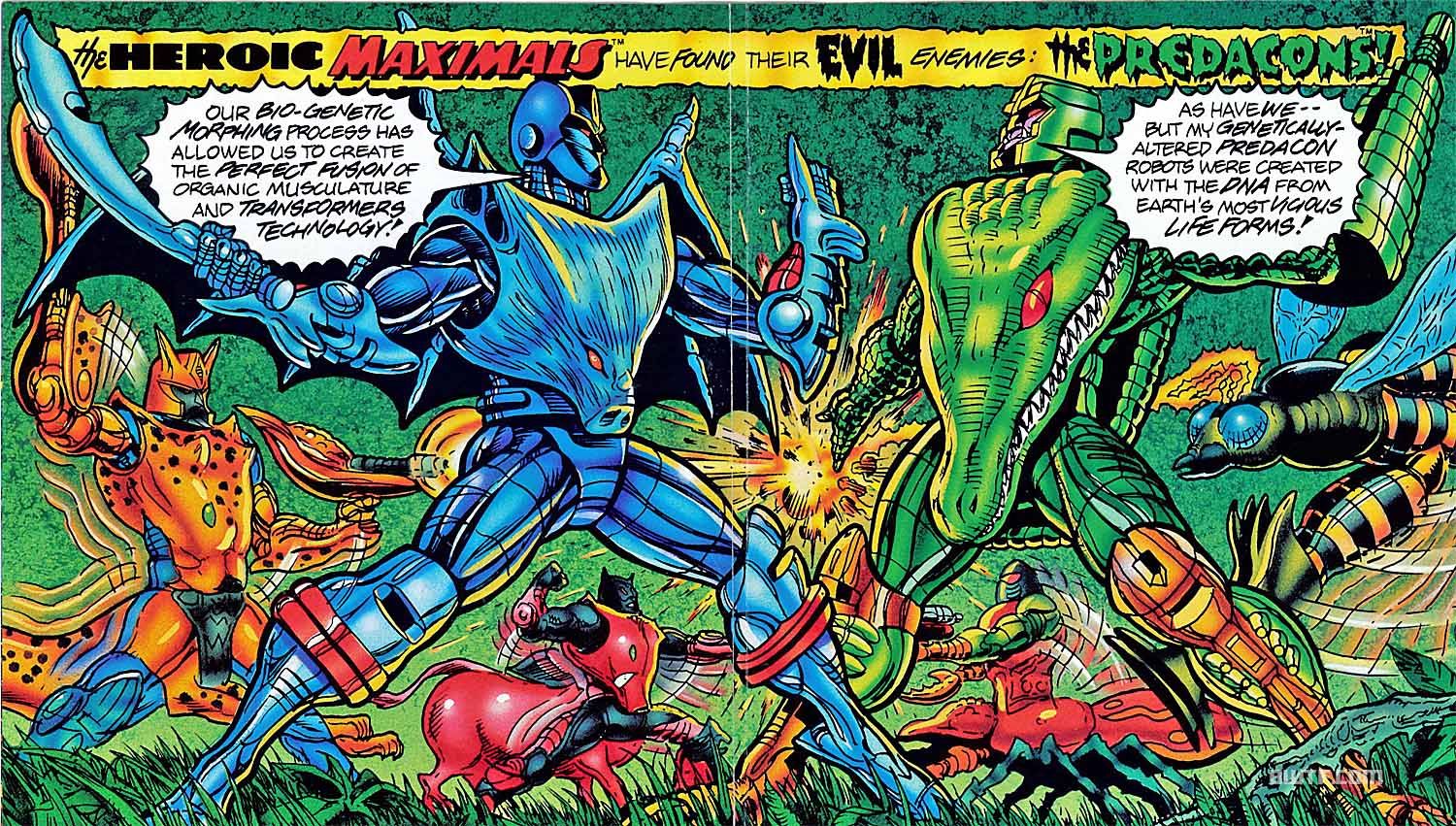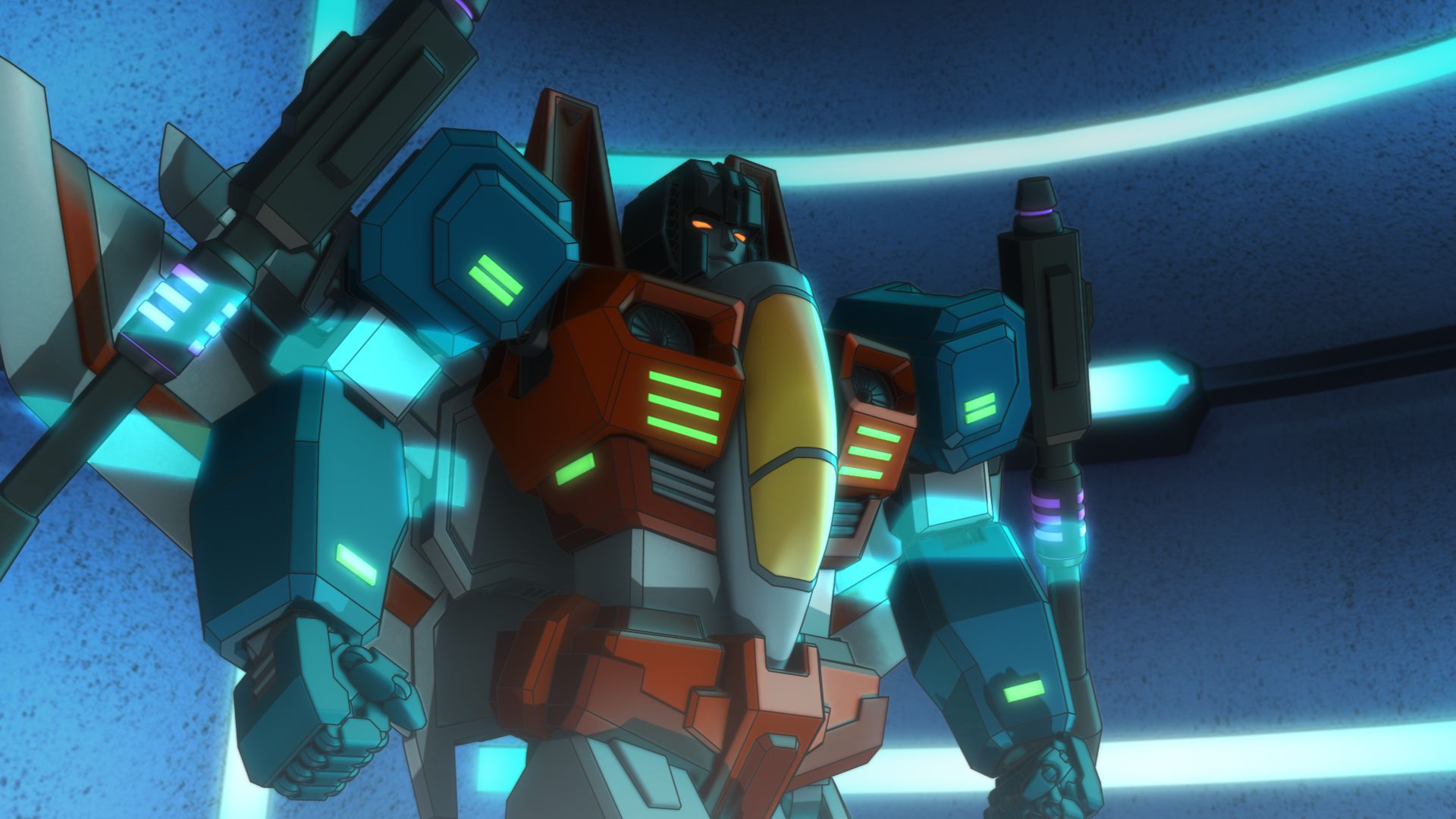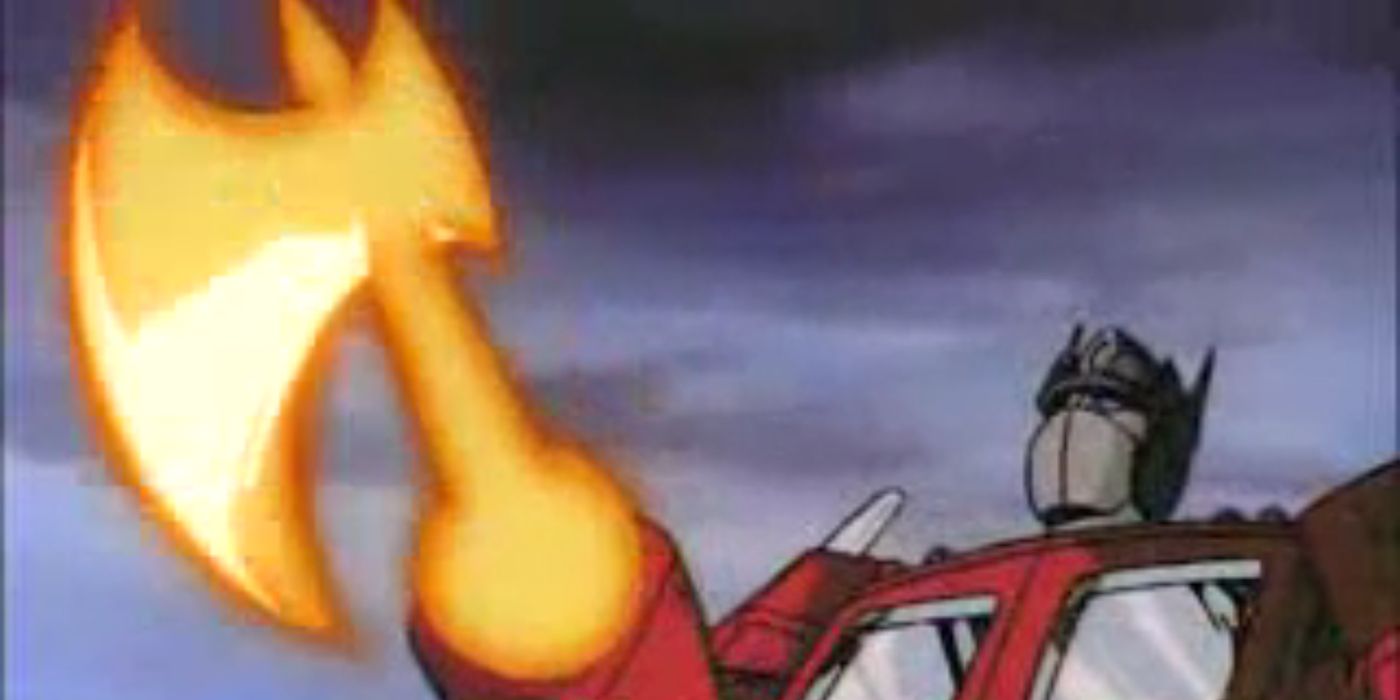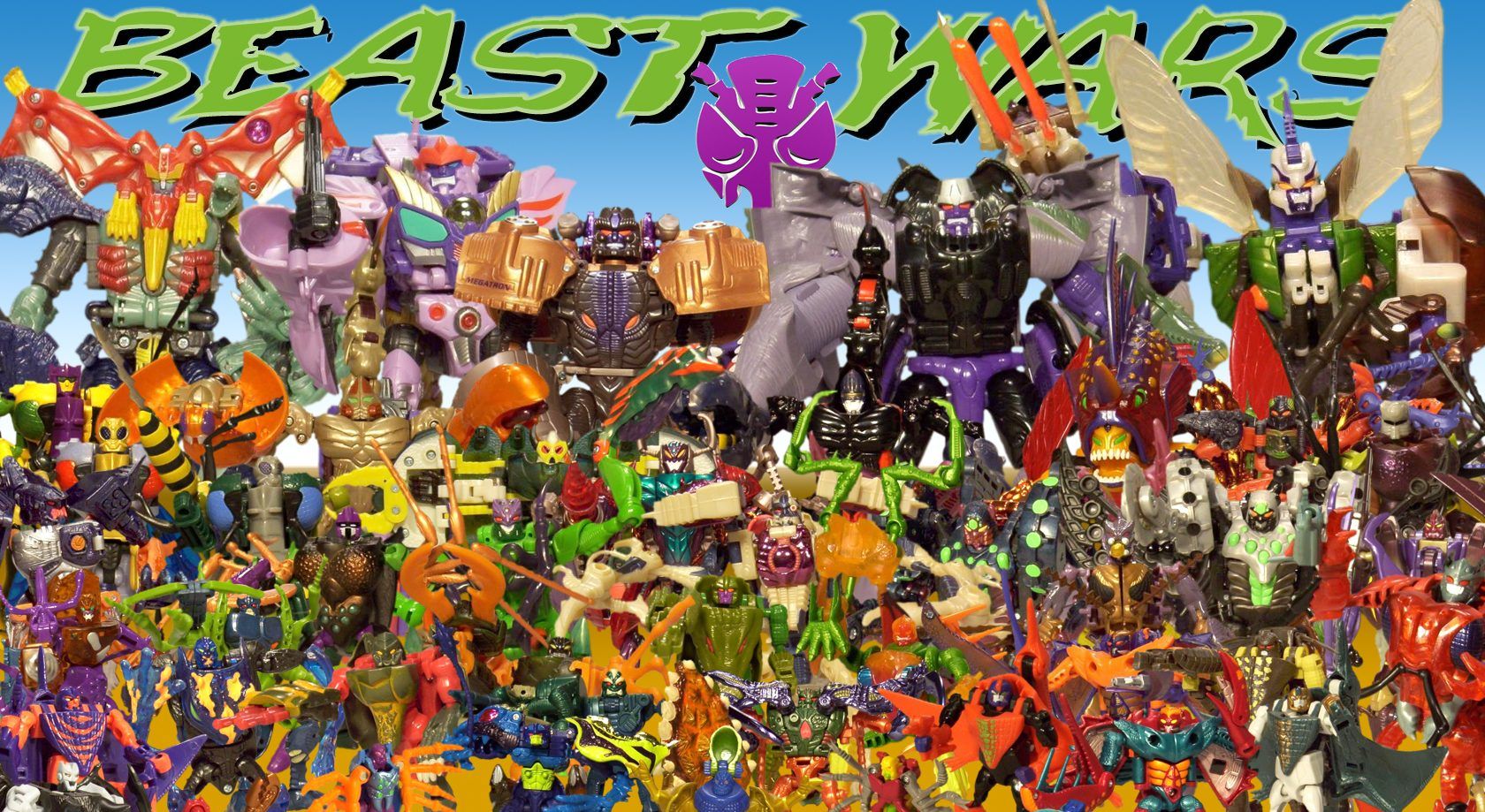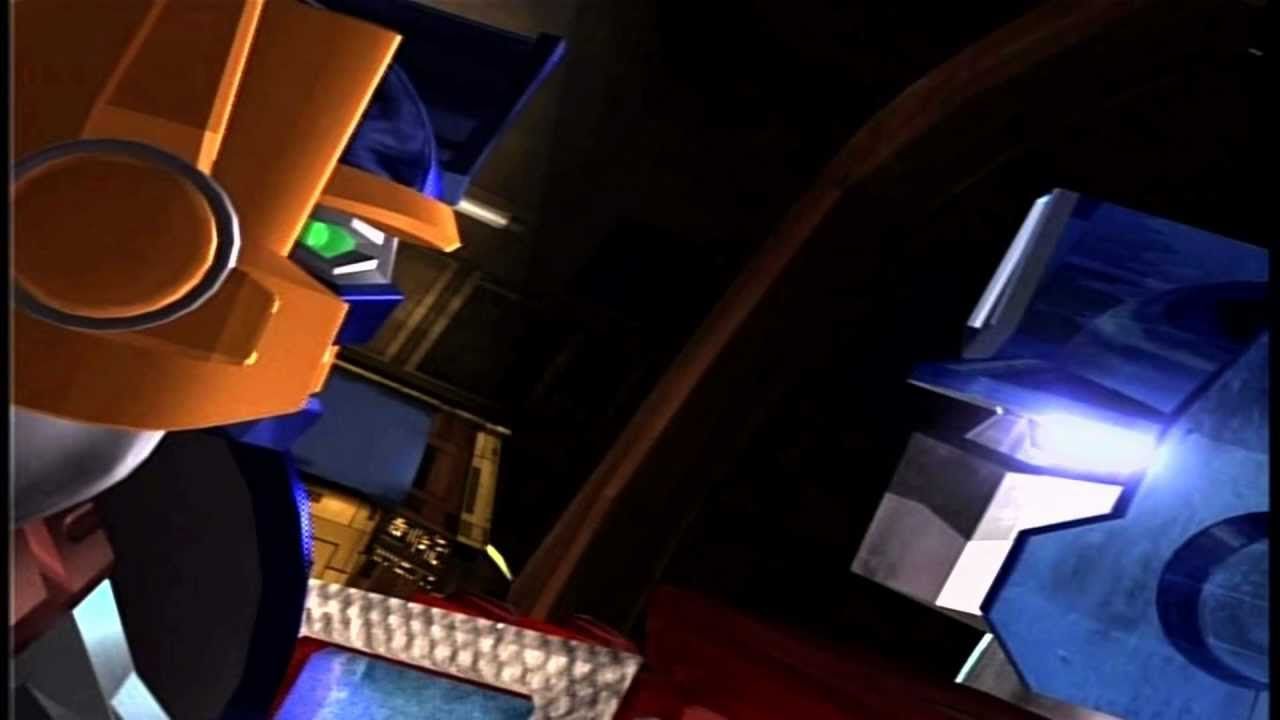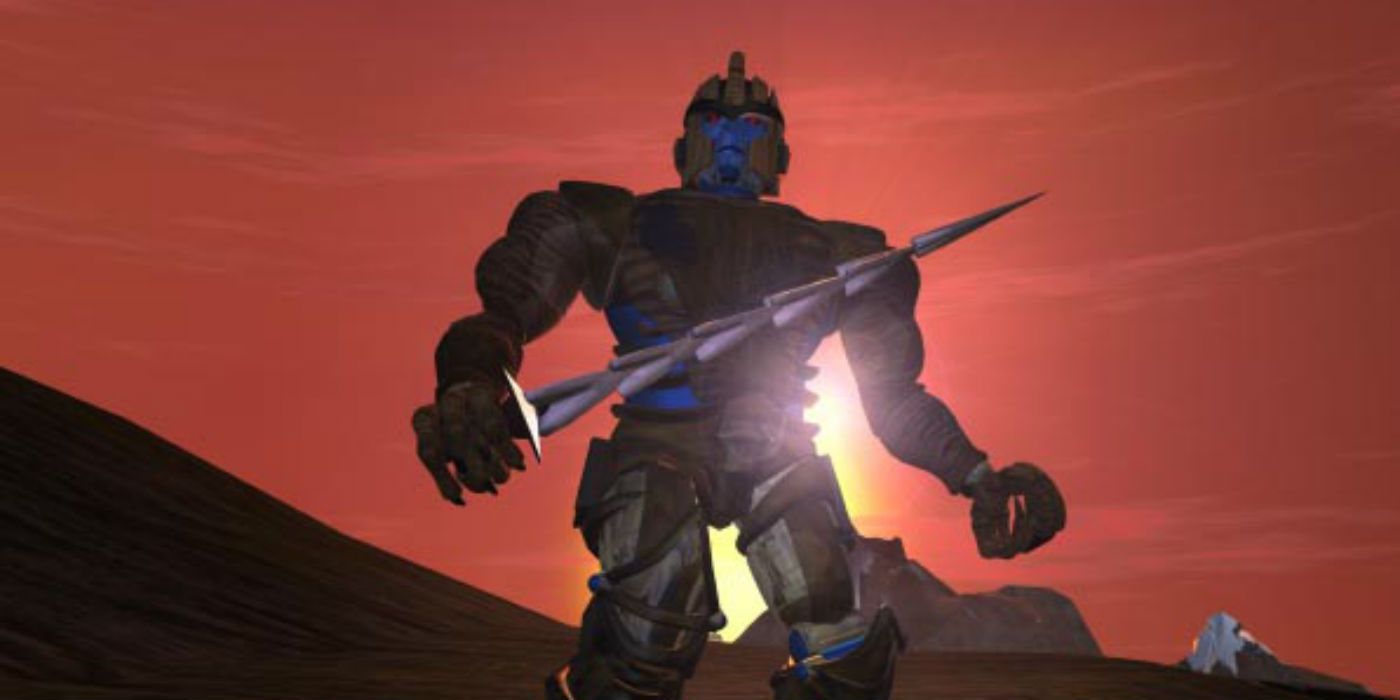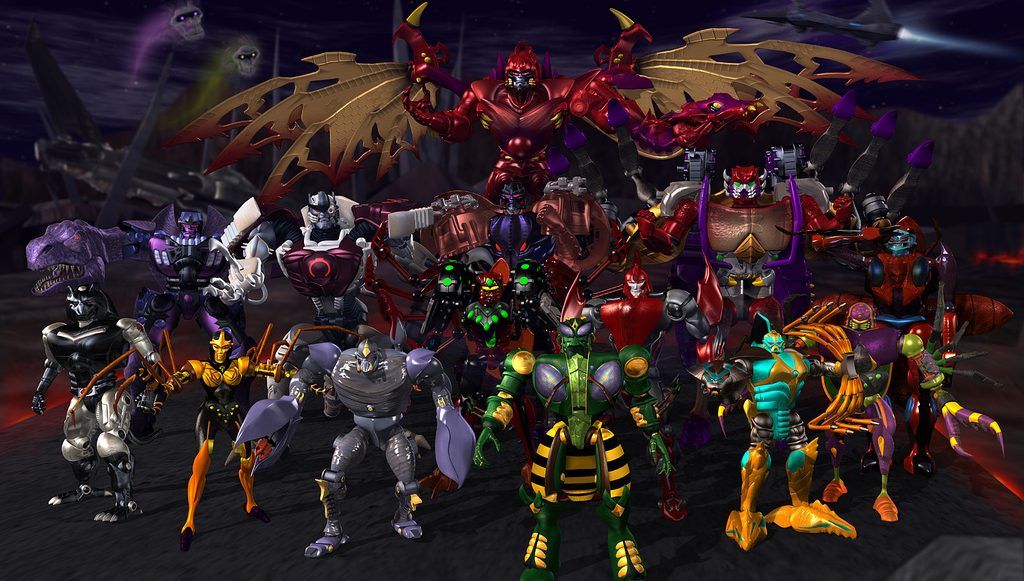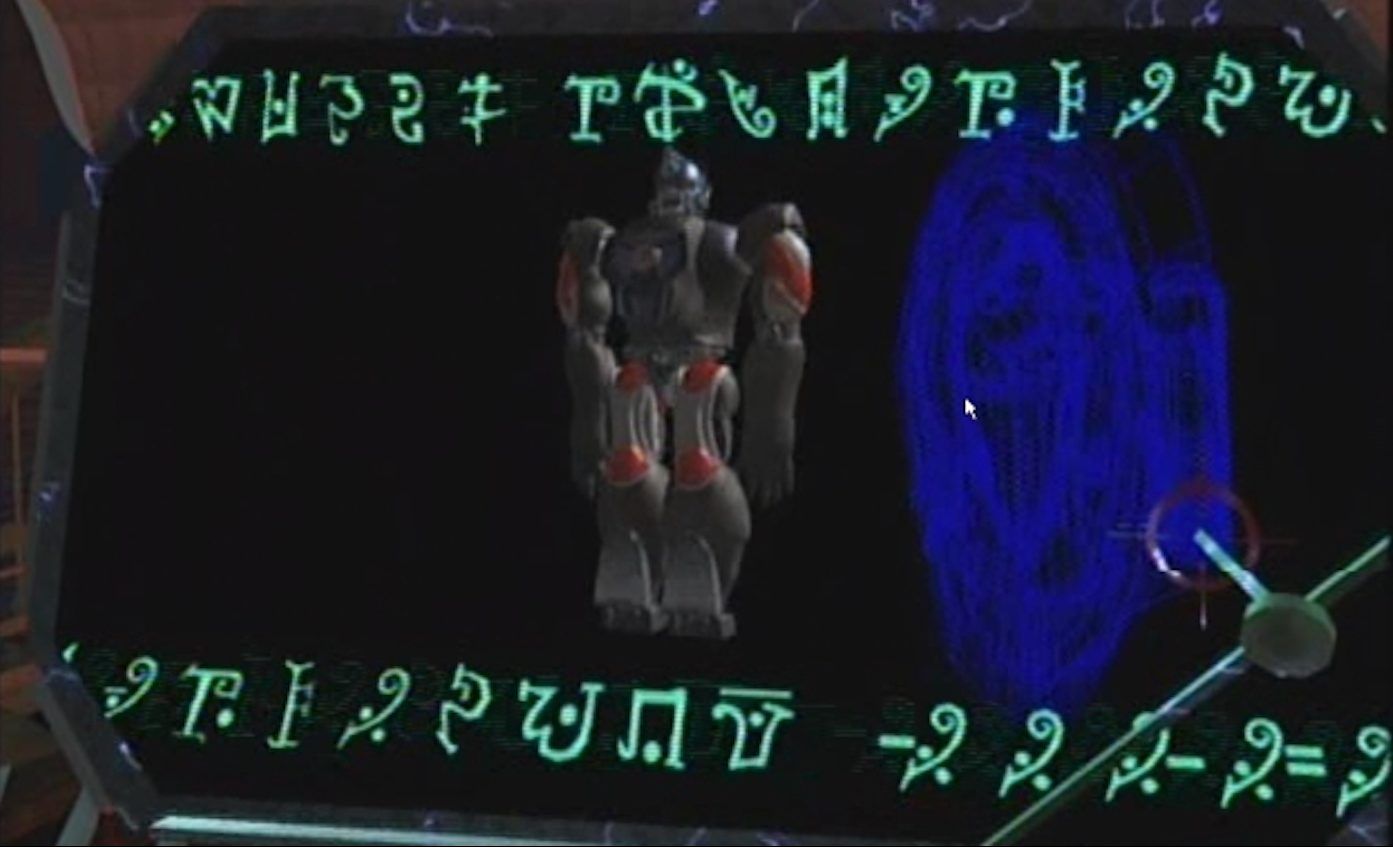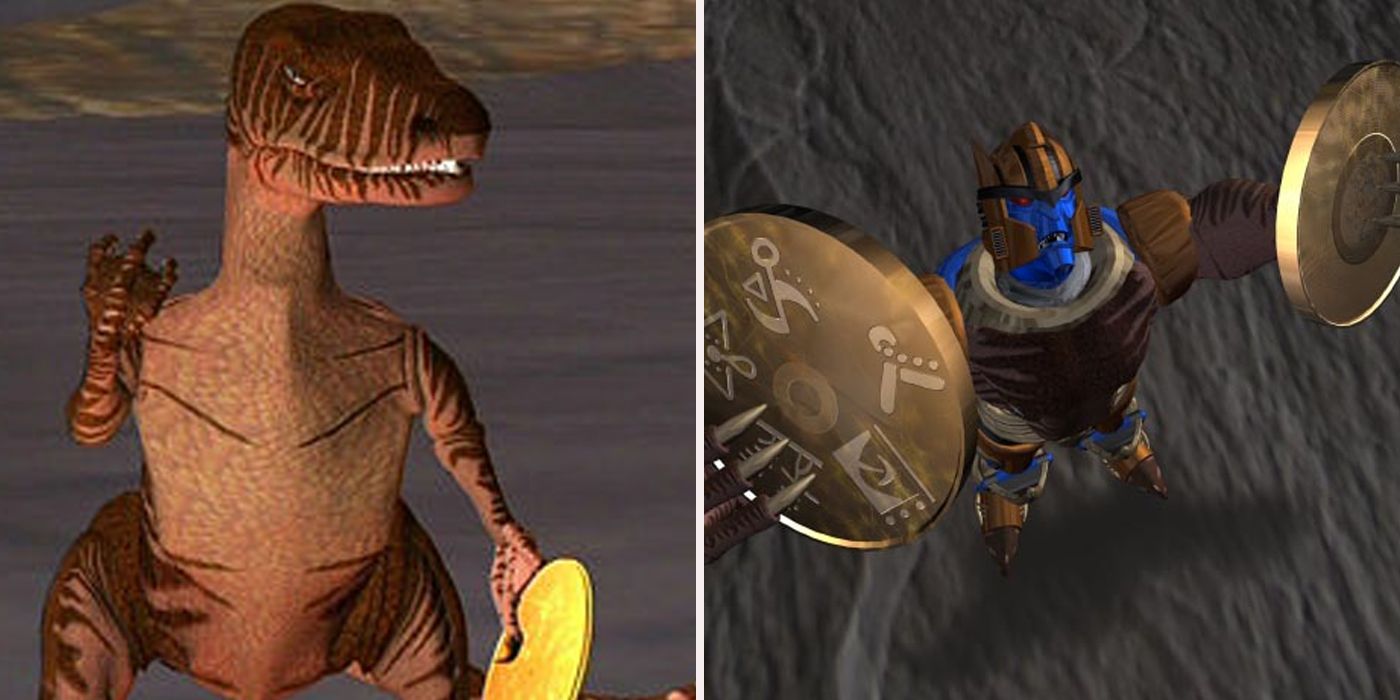The Transformers brand has captivated fans since its arrival from Cybertron in the '80s. With a compelling cartoon and transforming robot toys, it’s easy to see how the series took off.
Fast-forward to the mid-nineties, when the franchise was faltering, and a drastic measure was taken. Abandoning cars and jets for gorillas and tarantulas, Transformers: Beast Wars was born. While the toyline was remarkable, it was the accompanying television show that left the greatest mark.
Created with unprecedented (at the time) computer graphics, the series focused on the descendants of the Autobots and Decepticons, known as the Maximals and Predacons, and their secret war on a Pre-Historic Earth, with not just the future at stake, but time itself.
With excellent sci-fi writing, characterizations, animation, and action, Beast Wars rejuvenated a brand on the verge of obscurity, and forever changed the series’ mythos.
Having such a legacy and impact, it’s not hard to imagine that there are more than a few mysteries and hidden facts about this classic series, so we’re here to help you out with this list of the 15 Things You Didn’t Know About Beast Wars: Transformers.
15. The Beast Wars Lasted Millions Of Years
As a television series, Beast Wars spanned three seasons, and comprised of fifty-two episodes. That’s great, but what that doesn’t tell you is that in the context of the series, the actual timeframe of the titular Beast Wars is likely millions of years.
When the Maximals and Predacons arrive on an unknown planet, it’s populated with only animals, littered with vast deposits of Energon, and a handful of alien artifacts. As the Wars rage on, it’s revealed that this “unknown planet” is Pre-Historic Earth and, by the latter half of season 2, it’s populated with proto-humans.
While never outright stated, the fact that the cavemen are absent in the early episodes but then suddenly appear near the end of the series essentially confirms that the Beast Wars were fought for around 4.4 million years, according to science and some character remarks. Considering that Beast Wars starts after the death of the dinosaurs, but before the advent of humans, the actual span of timeframe could be greater than 60 million years.
If that figure is accurate, then the Beast Wars could have lasted longer than every component of the Great War, the impetus for the entire franchise.
14. The Original Theme Song Almost Made A Cameo
During the epic finale of season 2, Ravage, a former Decepticon under orders from the Tripredicus Council, arrested the Beast Wars Megatron in order to eliminate him and further the Council’s clandestine plans.
Megatron found himself in a pinch, so, using the last fragment of the stolen Golden Disk, he revealed a message from the original Megatron, the one whom Ravage served, and turned the patriot to his side.
Together, they attacked the Maximals, and Ravage transformed into his old cassette form (to the tune of the old school transformation sound) inserts himself into the bridge of his ship while producing some major guitar shredding.
It wasn’t always meant to be guitar shredding, though. During production, the creators had every intention of playing a portion of the famous “More Than Meets The Eye” theme tune for this moment, but copyright constraints unfortunately gutted the idea.
13. Bizarre Japan-Only Sequels (And An Even Weirder Dub)
A common misconception about the Transformers franchise is that the cartoon was made in Japan. In actuality, it was the toys that originated there, but the storyline and cartoon were produced in the US, and were eventually brought to the East, where they created their own follow-ups.
The same was true for Beast Wars, but instead of being dubbed straight, it took a turn for the bizarre-- the extremely bizarre.
Not only was the series morphed into a self-referential satire, but character personalities were drastically altered, going as far as having Airazor be changed from a female to a male, creating a fairly progressive twist regarding her (his?) relationship with Tigatron.
Other series also exist, titled Beast Wars II and Beast War Neo, but share no real relation to the original series. II follows the exploits of Lio Convoy, who pursues Galvatron to the planet Gaea, where they have their own (more fantastical) Beast Wars.
At the conclusion, the Maximals are trapped in a wormhole, which brings us to Neo. Here, Big Convoy searches for them and ends up battling against the infamous Unicron, ending the series with the warring factions working together to rebuild Cybertron.
12. It Made Countless References to G1
For a show that enraged a vocal portion of the G1 fanbase, it sure gave them a lot of love.
Throughout the first season, before the major revelation that the show took place on ancient Earth, both the Maximals and Predacons reference and name-drop multiple Transformers and conflicts, most famously the dreaded Unicron from the original film, who appears in a flashback and “in person” as a “figure of authority” for the malevolent aliens, the Vok.
Better yet, once it’s clear that the Ark containing the original Transformers was resting deep in a volcano, we’re treated to an awesome flashback of the original Autobots and Decepticons in three-dimensional glory during their fateful space battle and eventual crash-landing.
The continuity continues throughout the series finale, with Megatron resurrecting the Decepticon warship, the Nemesis, in an attempt to wipe out time itself.
However, best of all, aside from Optimus Primal coming faceplate-to-faceplate with his namesake, the original Megatron got to deliver a speech where he revealed his role in the Beast Wars. There was even an attempt to get his voice actor, Frank Welker, to take on the role, but conflicts killed the plan.
11. The Writer's Had No Idea What They Were Doing... At First
When writers Larry DiTillio and Bob Forward got started on Beast Wars, they were generally unfamiliar with the Transformers franchise and set out to make a unique show with brand new characters.
Instead of rehashing the older series’ characters and concepts, along with its toy commercial atmosphere, the writing team sought to craft a genuine sci-fi show, but they didn’t know what direction it would head in. Crazily, the most integral twist of the series was born from this uncertainty.
According to Forward, a second moon was added to the series’ setting because no one, including marketing, knew whether or not the planet was a pre-historic Earth, or a completely new world.
When the decision was finally made and it was confirmed that it was indeed Earth, the moon was destroyed and the plot tied directly into G1, giving off the impression that this was the plan from the start, when that couldn’t have been further from the truth.
10. It Influenced The Entire Franchise
Beast Wars was met with controversy upon release, coming up against rallying cries of “Trukk not Munky!” from disgruntled fans who couldn’t process the idea of robotic alien lifeforms becoming anything other than vehicles.
The show stood proud, however, reinvigorating a dying brand with revolutionary toys and a high-quality television series. To add insult to injury for its opponents, Beast Wars introduced concepts into Transformers fiction that would forever permeate the very foundation of the lore.
One of these ideas was “the Spark,” a Transformer’s soul. A fragment of the mystical Matrix, this is what gives a Cybertronian life and, according to Rhinox, when one “goes online, there is great joy. When one is extinguished, the universe weeps.”
Another concept was the idea of a “protoform.” Essentially a blank slate, they appear as undulating liquid-metal over some solid parts. Needing only an alternate form (and a Spark, if it lacks one) to become a fully-functioning member of Cybertronian society, they are the first stage of a Transformer’s life.
9. It Started With A Completely Different Plot
When Beast Wars toys were first released, there was no cartoon to accompany them. Instead, there was a mini-comic packed in with the "Optimus Primal Vs. Megatron" two-pack, which provided a vastly different plotline than the eventual television tie-in.
The comic follows Optimus (now a bat instead of a gorilla), Cheetor, and Razorbeast in their quest to destroy a Predacon genetics lab, only to be jumped by Megatron (who is a crocodile rather than a T-Rex), Waspinator, and Tarantulas.
With Optimus and Megatron being their G1 selves in new bodies and the plot taking place in the modern day, this was a major departure from what the television show would bring to the table, in both setting, time period, and characterization, but it’s an interesting tangent for the series.
8. Starscream Made An Appearance
Starscream is easily one of the most recognizable and beloved Transformers, appearing in almost every iteration of the franchise.
Maybe its his squeaky voice, wimpy attitude, or schemes of power, but no matter the reason, he stands proudly with other favorites, such as Optimus and Bumblebee.
The writers for Beast Wars took note, and had the character appear during season 1, with the first time being a brief cameo in a dream-sequence, and the second featuring the physical character, or his Spark, at least.
Having been killed in the G1 film, and then haunting the Autobots and Decepticons in the following seasons, his “ghost” somehow made it back in time and took possession of the lovably dimwitted Waspinator, granting him unmatched speed, power, and Starscream’s trademark wiliness.
However, the coolest moment of all was, during a quick lightning strike, there's a split second that Waspinator’s body takes the form of Starscream’s G1 look, faithfully done in 3D.
Naturally, upon his defeat, Starscream’s immortal Spark is once again doomed to wander space, but not before threatening to return and gain his long-sought revenge.
7. There's A Joke About G1 Toys
With season 2 in full-swing, the Maximals discover that their ancestors, along with those of the Predacons, were in stasis lock within the crashed Ark, and would not awaken until 1984, bringing the Great War to Earth and, in a meta-sense, bringing the Transformers into popular culture.
Megatron hoped to take advantage of this situation and set out to assassinate the slumbering, original Prime. The Maximals obviously couldn’t stand for this, and tried to beat him there before the timeline was destroyed.
Unfortunately, this was easier said than done, as the Ark’s defenses were top-notch. Rattrap, complaining that their attacks against the fortifications did nothing, was greeted by a Fourth Wall-shattering Primal, who stated that it was because of the “lost art” of die-cast construction, and then proceeded to grin at the camera.
Of course, he was referencing the original toyline, which had a healthy dose of die-cast components, something that the Beast Wars figures did not.
6. The Animation Models Deviated From The Toys In A Big Way
Speaking of the Beast Wars toyline, the figures themselves were varied, well-articulated, and extremely poseable, offering a lot of bang for your buck-- whether you got the ones with gimmicks or not. This was a major contrast to the G1 toyline, which was exceptionally stiff and featured limited articulation, if any at all.
Another way that the Beast Wars figures trumped the original releases was that they were actually accurate to the animation models in the corresponding television series. G1 toys, on the other hand, were often nothing like their animated counterparts, with some characters barely resembling their on-screen selves at all, such as Ironhide.
However, the first run of Beast Wars had one significant feature that was completely absent in the TV series, and they were the “mutant heads.”
Cut in almost their entirety from the series due to cost reasons, these oddities were monstrous masks that would conceal a Transformer’s Cybertronian face, and haven’t really been explored further in any of the fiction.
Despite the general absence of the Mutant Heads in the show, some character models are identified solely by them, such as Waspinator, whose robot face is never seen beyond the toy.
5. It Takes Place In The Far Future Of G1
While the majority of Beast Wars uses Pre-Historic Earth as its primary setting, the Maximals and Predacons themselves hail from about 315 years after Unicron’s destruction during the events of the animated movie.
During that period, Transformers underwent a “Great Upgrade” in which their enormous, Energon-guzzling sizes were reduced to that of something closer to human stature, and where old factions were tossed to the wind of favor of becoming Maximals and Predacons.
The Maximal Council, the new rulers of Cybertron, erased and censored many documents regarding the Great War, including the location of Earth. Making matters worse, they also treated the Predacons as second-class citizens, stirring up seeds of dissent.
Using a technology called “Transwarp,” a highly advanced form of space travel that bent both space and time, the ambitious Megatron aimed to restart the Great War by following instructions hidden on the Golden Disk.
The nearest vessel able to track Megatron was the Axalon, piloted by Optimus Primal and his crew of explorers. Following Megatron through his Transwarp signature, the crews ended up back in time to Pre-Historic Earth, and the rest is literally history.
4. One Actor, Four Iconic Roles
Scott McNeil, an exceptionally talented voice actor, brought four vastly different characters to life in BW, all of whom are beloved.
The first is Rattrap, a perennial naysayer and selfish jerk who may or may not have a good heart under all the sludge. Often declaring that everyone was/is going to die, Rattrap’s crusty, high-pitched New York-accent, with a healthy amount of added squeals, made for a major love-to-hate-him character.
Silverbolt is the exact opposite of Rattrap, and has a manly, gallant voice coupled with a profoundly chivalrous attitude. Naturally, he and the rat don’t get along too well.
Then there’s Dinobot, a true fan-favorite for the outstanding episode “Code of Hero”, and a former Predacon who, unsurprisingly, also doesn’t get along with Rattrap. Gruff and menacing, but with a deep sense of honor, the guttural growls from Dinobot send chills down the spines of friends and foes alike.
Finally, we have Waspinator-- poor, dumb, unappreciated Waspinator. Easily the funniest character in the show, Waspinator speaks in buzzing, ear-piercing tones, and often with broken English, referring to himself in the third-person. He also gets destroyed... a lot.
3. It Wasn't Cheap
Looking at the show today, it’s easy to point out its dated computer graphics, but at the time, they were absolutely bleeding edge.
Mainframe Entertainment took all the animation techniques they learned from their equally-awesome Freshman effort ReBoot, and continued to enhance them throughout the run of Beast Wars, painstakingly creating nuanced action and animation sequences.
Of course, new technology like this didn’t come cheap and, according to writer Bob Forward, the show cost $18 million. That was in 1997-- today, that cost would be a gargantuan $27, 400, 857.50.
To compensate for the crushing cost, the cast of the show was limited to only a handful of active characters at a time for both teams, until the modeling and animation processes became more efficient and cost effective in the later seasons.
Because of this, countless toys of characters never to appear on the show lined the shelves in stores, leaving their actions to the fertile imaginations of Transformers fans everywhere.
Ironically, the small cast, due to the high cost worked in the show’s favor, allowing the writers to write far more developed characters and produce a genuine sci-fi show instead of just a toy commercial.
2. The Crew Inserted Coded Messages In Cybertronix
In Beast Wars, two distinct written languages were developed for both the Maximals and Predacons, falling under the blanket term “Cybertronix.”
These scattered pictograms dot countless computer screens and equipment throughout the series, and they aren’t just randomly placed. Cybertronix characters all have direct counterparts in the modern English alphabet, and the animators didn’t let any opportunity pass to use the languages for slipping secret messages into the show.
Aside from ones that actually say what they should (like a trash can reading “Trash Out”), many of the messages were profane in-jokes or directed at specific people, like “Debbie is the coolest chic ever.”
This kind of coded messaging wasn’t new to the animators at Mainframe, either. With their computer-based show ReBoot, they inserted an enormous number of hilariously inappropriate jokes written in the binary language, which were often directed at ABC, their network, for making their lives difficult with overly cautious censorship.
Some of the messages were even obscured beyond just 1s and 0s, like using skyscraper windows to mimic the binary layout, meaning you’d need to stop the frame and actually check which windows were lit and which weren’t to read whatever (likely hysterical) surprise awaited.
1. There's A Lost Episode That's Actually Pretty Important
Near the conclusion of the third and final season of Beast Wars, Megatron creates a truly evil Transmetal II clone of the fallen Dinobot, who died heroically protecting the future of humanity in season 2.
In the last episode, the cruel Dinobot II miraculously receives memories of his former deeds, and refuses to follow the ruthless orders of Megatron, paving the way for the tyrant’s defeat. While the change of heart could be chalked up to his being a clone, there was an unproduced episode called “Dark Glass” that would have explained what actually caused it.
The episode’s plot had Rattrap obsessively trying to upload the deceased Dinobot’s core consciousness into the clone, with the fool’s hope of restoring him to his old self.
According to legend, the episode was rejected because of its grim content, like Rattrap’s desperate suicide mission to restore Dinobot and the later realization that his friend is truly dead. Another account says that it was scrapped due to lack of action.
We may never know the whole truth regarding “Dark Glass”, but it would have been a fantastic episode to see fully animated, giving Rattrap a chance to do something truly selfless.
---
What do you know about Transformers: Beast Wars? Can you think of any other interesting facts? Let us know in the comments!

